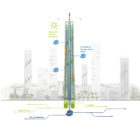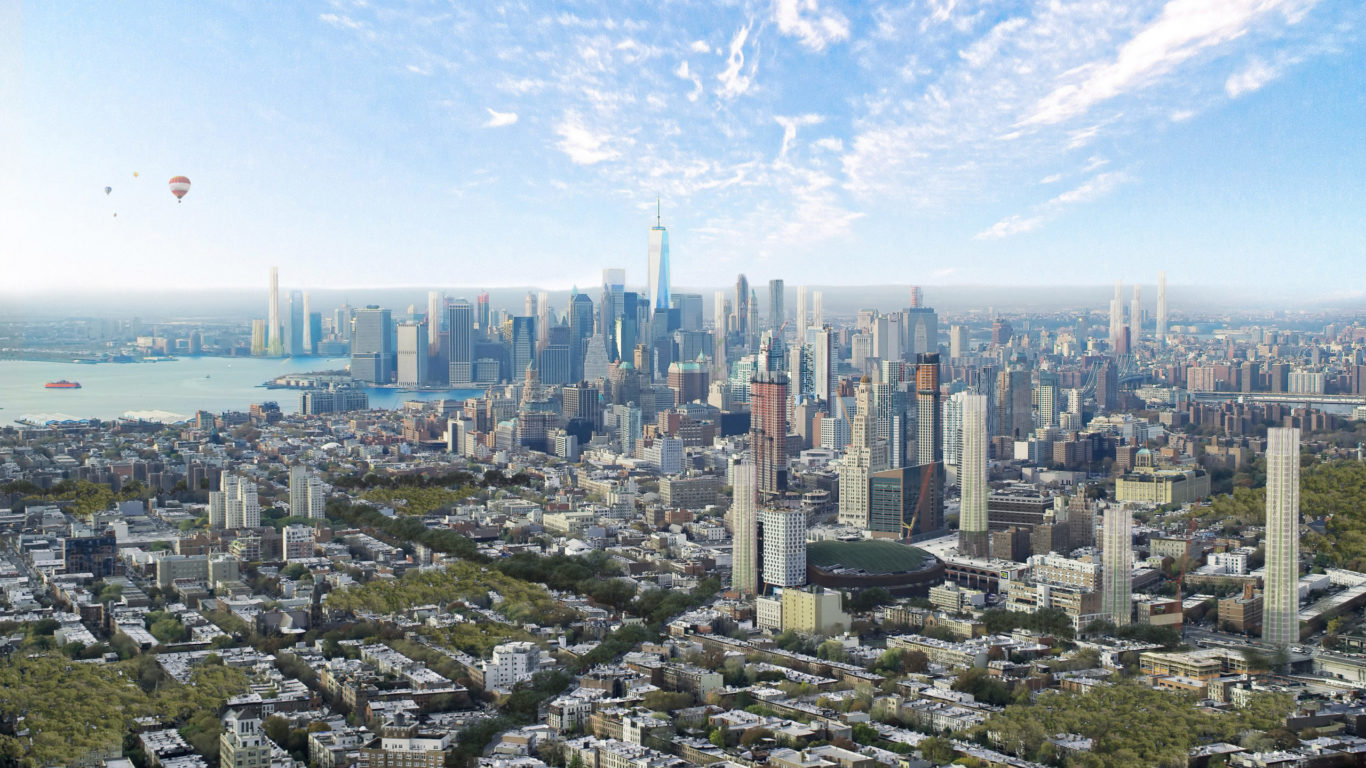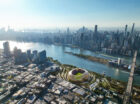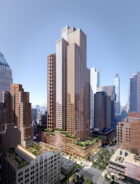Buildings reimagined as a climate solution
At COP26, the 2021 UN Climate Change Conference in Glasgow, SOM unveiled Urban Sequoia—a concept for buildings and their urban context to absorb carbon at an unprecedented rate. SOM has developed the first step toward achieving this goal on a broad scale, with a design for a high-rise building that can be built today.
The need to transform the built environment is clear. The building sector generates nearly 40 percent of all global carbon emissions. As urban populations continue to grow in the coming decades, studies have predicted that another 230 billion square meters of new building stock will be needed by 2060.
The central proposition of Urban Sequoia is that the built environment can absorb carbon. SOM’s proposal transforms buildings into solutions—radically rethinking how buildings and cities are designed and constructed. It is a viable approach that could have a far-reaching impact, with the potential to create a circular economy that absorbs carbon.
“Urban Sequoia is a systems approach, a philosophy,” says SOM Sustainability Director Mina Hasman. “It is a way of thinking about cities as ecologies, as living and breathing systems that can be reconfigured to achieve dramatic reductions in whole life carbon, reframing the built environment as a solution for the climate crisis.”
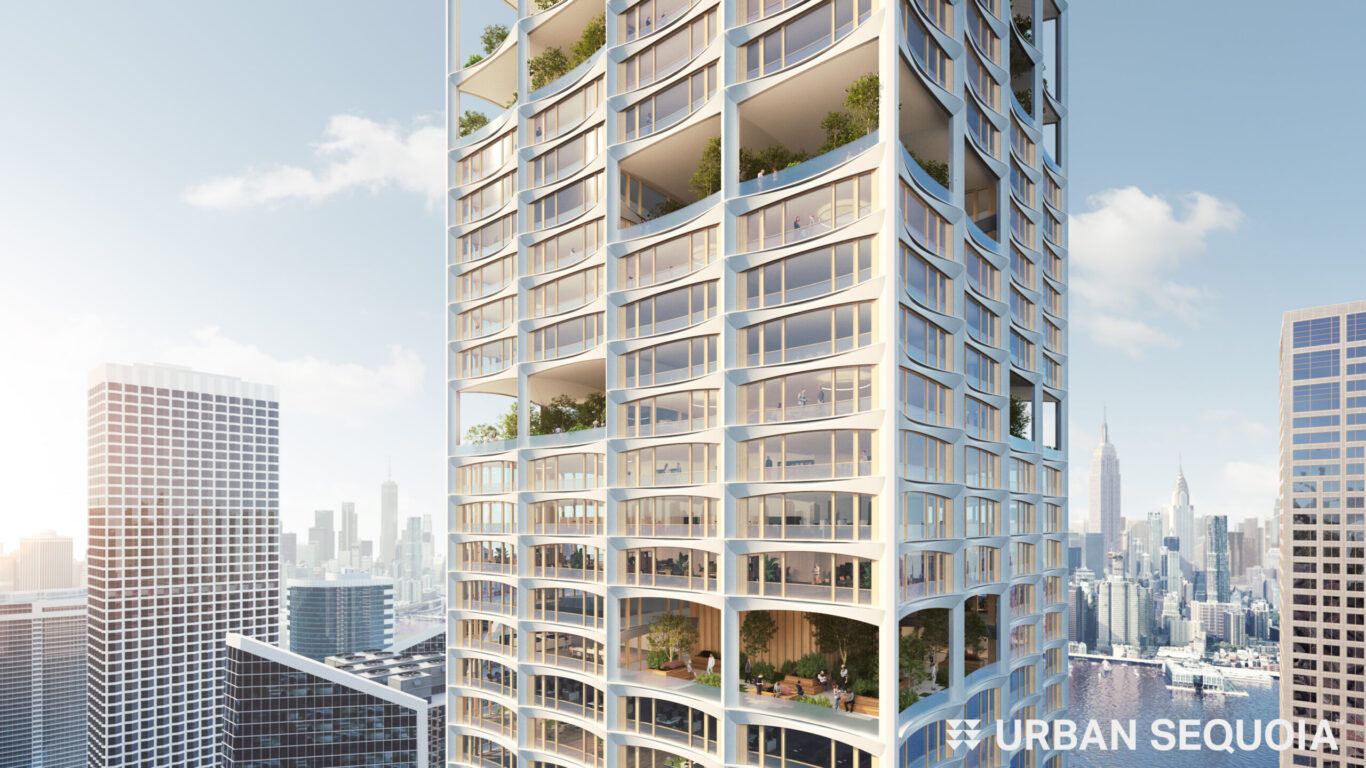
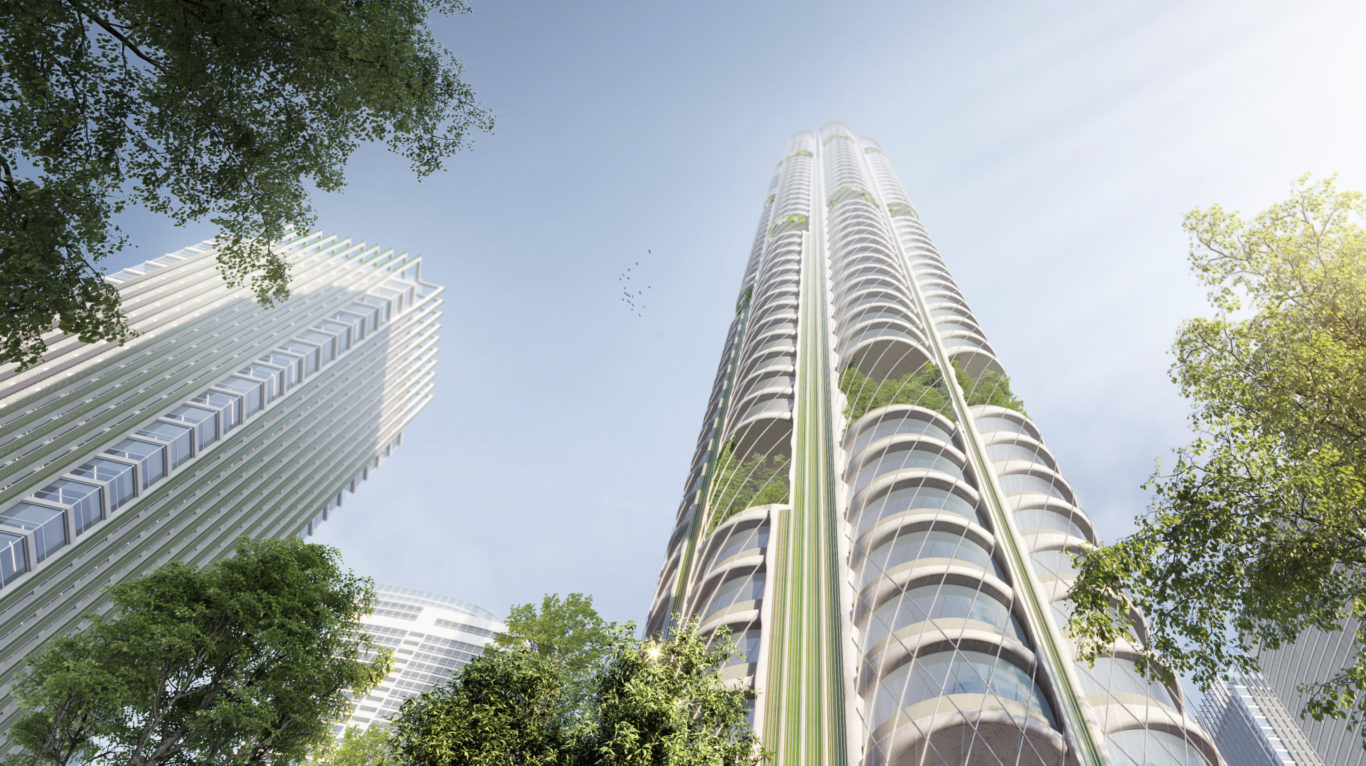
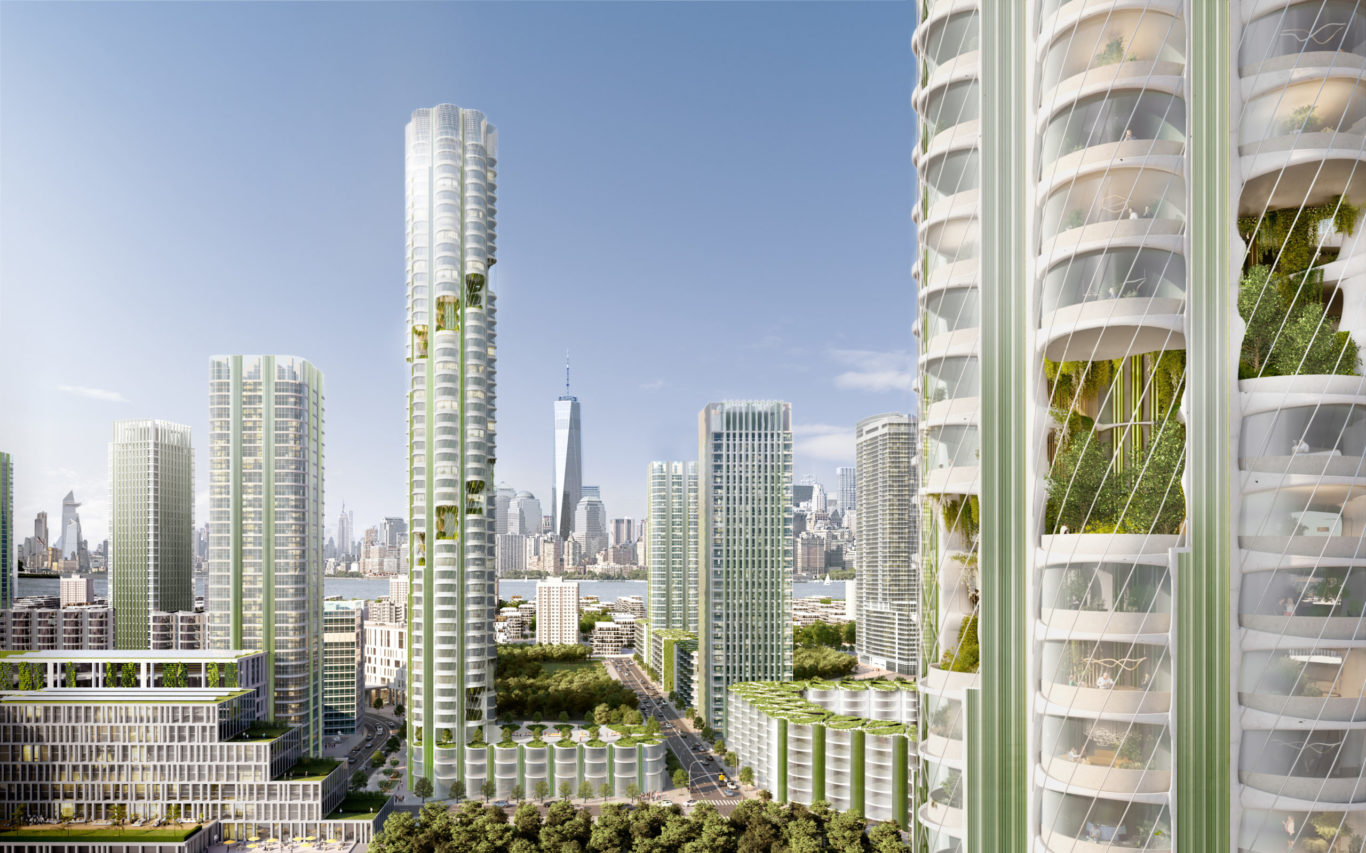
We recognize the need to alter the trajectory of climate change by going beyond net zero. We need to take carbon out of the atmosphere through the built environment, and we have developed a design to do just that.




